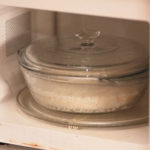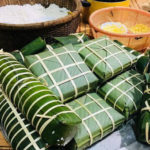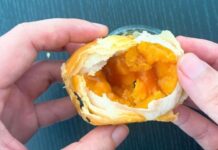Toxic Strawberries: A Growing Concern
The Environmental Working Group (EWG), a non-profit organization in the United States, recently released a list of the most pesticide-contaminated non-organic produce, with **strawberries** topping the榜首. The study found that over 90% of strawberries contained residues from two or more pesticides. This marks the fourth consecutive year that strawberries have held the unenviable distinction of being the most pesticide-laden fruit. The findings are based on data from the US Department of Agriculture and the US Food and Drug Administration.
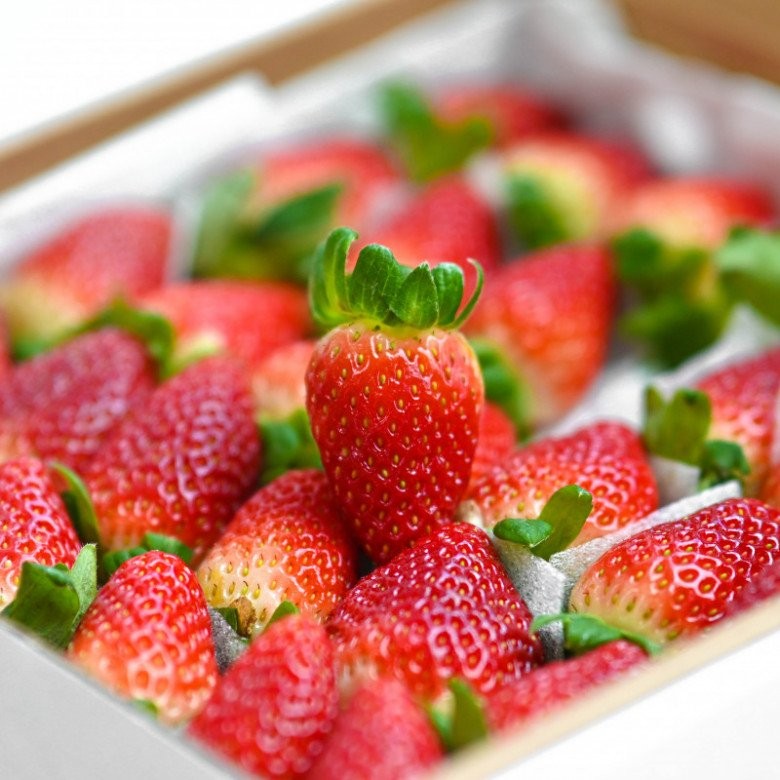
Strawberries are one of the most pesticide-contaminated fruits in the US. Photo: VNA
The news has caused widespread concern among consumers in Vietnam, where strawberries are currently in season and are widely available in supermarkets and street vendors. Many people are worried that if strawberries in the US, where food safety regulations are stringent, can contain such high levels of pesticides, the situation in Vietnam may be even worse. They are eager to know how to identify safe strawberries.
In the past, imported strawberries from China were found to contain Abamectin, a plant protection chemical, at levels exceeding three times the allowable limit. This has further heightened consumer anxiety.
Associate Professor Nguyen Duy Thinh, an expert in biotechnology and food, said that it is difficult to determine whether strawberries contain harmful chemicals based on visual inspection alone. The only way to know for sure is to conduct laboratory tests. Thinh also noted that Vietnam is now able to grow strawberries domestically, so consumers should prioritize buying local strawberries over imported ones, as they are less likely to contain preservatives and are more affordable.
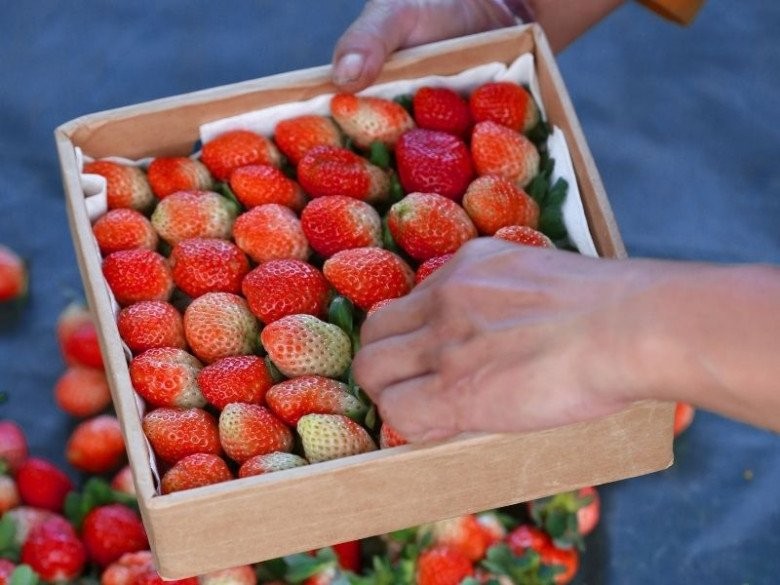
Imported strawberries may have been treated with preservatives to prevent spoilage. Photo: VNA
To prevent strawberries from spoiling and to kill microorganisms that cause rot, traders often use pesticides containing the active ingredient Abamectin. While this substance is approved for use in controlling pests on crops, it is not permitted for use on fruits and vegetables after they have been harvested.
Thinh warned that strawberries are a soft-skinned fruit that is eaten whole, so when they are treated with preservatives, they absorb almost all of the chemicals into the fruit. Consuming large amounts of these chemicals can lead to poisoning, while consuming smaller amounts can gradually accumulate in the body and cause damage over time.
When selecting strawberries, consumers should be aware that they are a perishable fruit. Even when stored under optimal cold conditions (5 to 7 degrees Celsius) after harvesting, strawberries have a shelf life of only about 10 days. Therefore, one of the most obvious ways to identify safe strawberries is by observing their color.
Untreated strawberries will not last long. At a temperature of 15 degrees Celsius, they will start to deteriorate and become bruised within two to three days. If they are sold in the sun, they may wilt and become bruised within a day. In contrast, strawberries that have been treated with preservatives can remain fresh for seven to ten days at room temperature, even in hot and sunny conditions.

Avoid strawberries that have been sold on the street and still have fresh stems and leaves. Photo: VNA
Thinh advises consumers to buy strawberries from reputable stores and to check the packaging date and expiration date. If strawberries are displayed on a shelf at a temperature of around 15 degrees Celsius and are still fresh and have green stems after three to five days from the packaging date, it is likely that they have been treated with preservatives. It is difficult to determine the harvesting and packaging dates of strawberries sold by street vendors, so consumers should exercise caution when purchasing from these sources.
Once strawberries are purchased, they should be consumed as soon as possible and not stored for long periods, even in the refrigerator. This is because untreated strawberries are susceptible to microbial spoilage and will deteriorate quickly. They can also become bruised and wilted if exposed to heat. Before eating strawberries, soak them in a solution of diluted salt water and then rinse them thoroughly under running water to ensure safety.
Source: Nguoi dua tin
8 Common Mistakes People Make with Cutting Boards
Are you using your cutting board correctly? Many Vietnamese households rely on cutting boards in their kitchen, but not everyone knows how to use them properly, especially when it comes to wooden cutting boards. Check out these 8 mistakes to avoid when using a cutting board to ensure both hygiene and safety for everyone in your family.
Is Refrigerated Leftovers Linked to an Increased Risk of Cancer?
Dr. Lam Van Man, Head of Research, Development and Technology Transfer Department of the Institute of Safety Food, has warned of the risk of food poisoning when reheating leftovers from the refrigerator. But what should we be aware of when it comes to the possibility of these leftovers causing cancer? Here, we explore what the experts have to say on the matter and offer some tips for safe eating.
Preserving Leftover Food from the Tet Holiday
With the beginning of the Lunar New Year, many households are stocking up on food to celebrate the festive occasion. While keeping food in the refrigerator is convenient, it can also be harmful to users if not done correctly. We have compiled a few tips to help ensure food remains fresh and safe to consume during Tet.




























